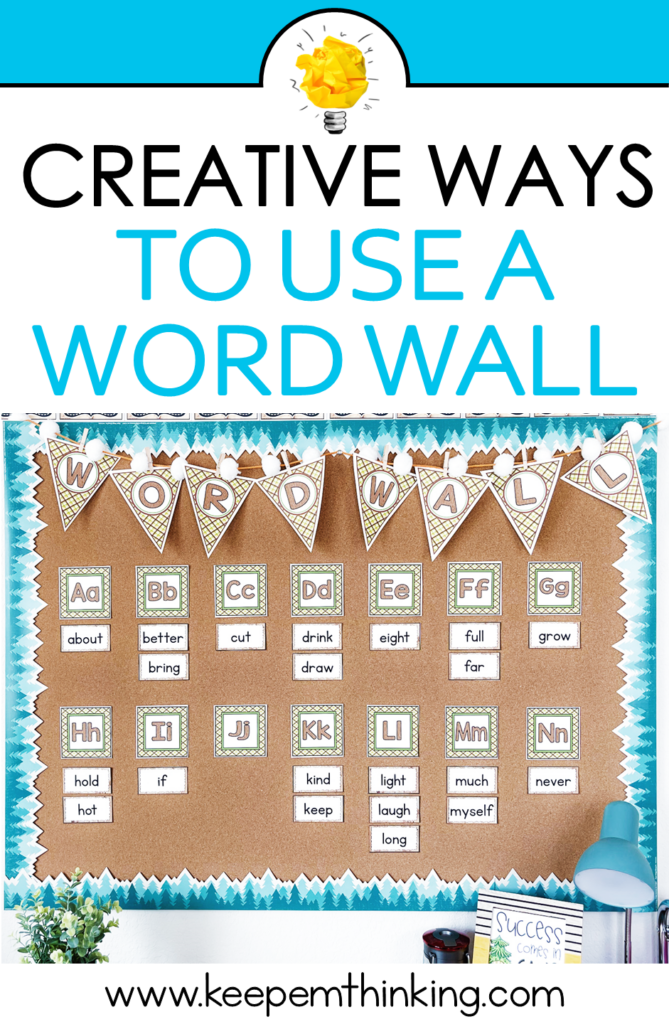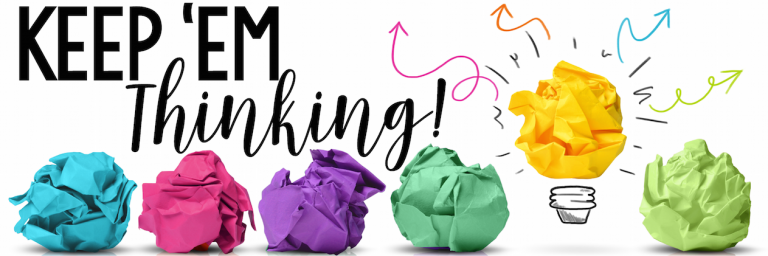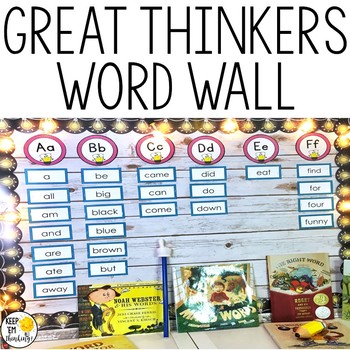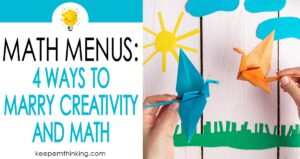Word walls are collections of words that are displayed in classrooms. They are designed to be interactive tools that students can reference during reading and writing. Word walls help students see the patterns and relationships among words. They also provide a great teaching opportunity. After all, if we don’t use the word wall, then what’s the purpose. Here are some engaging, interactive, and creative ways to use word walls in your daily classroom routine.
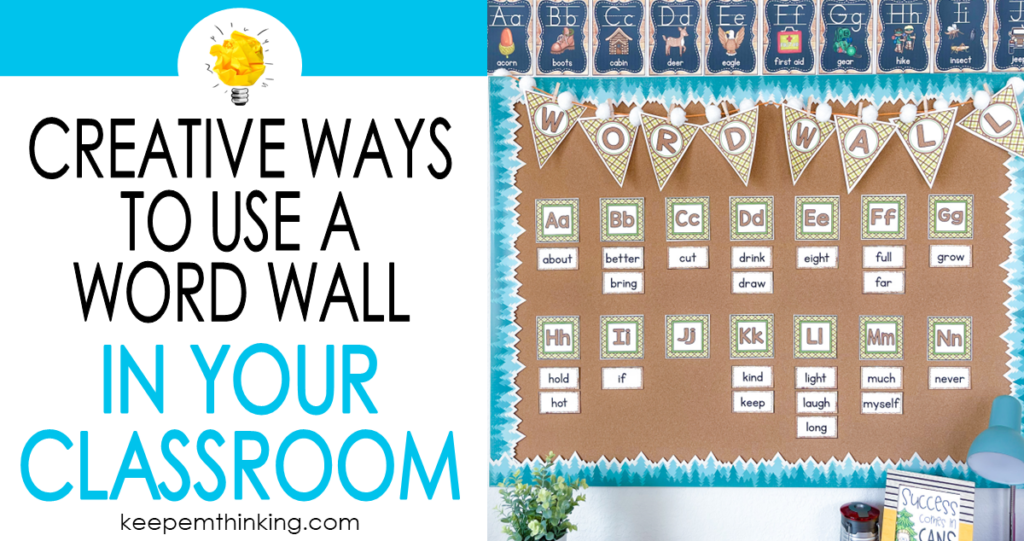
Where Do I Find the Words?
You can choose these words from anywhere, but usually, the words are connected to your teaching standards. This might be your grade level sight words or words with your target phonics skills. It might also include math, science, and social studies vocabulary, names of students, and other words that have meaning to your class. Here are a few other places you might find words for your word wall:
- a text you are reading as a class
- spelling words
- words that students discover while reading independently
Everyone’s word wall will look different and that is okay. What is more important is what you do with it. Here are some engaging and interactive ways to use your classroom word wall.
Word Categories

Word walls are meant to be interactive, so let your students use them! Ask your students to read over your word walls and categorize the words into meaningful groups. Students may group words by parts of speech, subject area, or words that rhyme. Let them be creative in their categories and then challenge them to add some words of their own.
Word sorts can increase students’ understanding of content-related vocabulary and strengthen critical-thinking skills. Categorizing words allows students to communicate with others, make connections to words, and recall important terms. Creating categories lets students group their thoughts, facilitate meaning, and make connections with words.
Interact with Parts of Speech
Parts of speech are the building blocks of sentences. Even our youngest students are introduced to basic parts of speech in kindergarten. Students who know and use parts of speech correctly can construct better sentences and comprehend more advanced texts. Use your word walls to teach, review, and apply the parts of speech.
Ask students to identify all of the nouns on your word walls. Take it a step further and have them add an adjective to each noun to work on writing with description. Instruct children to use at least five verbs from the wall in their daily journal writing. Challenge students to rewrite a story by replacing common adjectives with more descriptive ones from the word walls. With the word wall available, you can push and challenge students to high levels knowing they have a tool at their fingertips.
Improve Word Choice
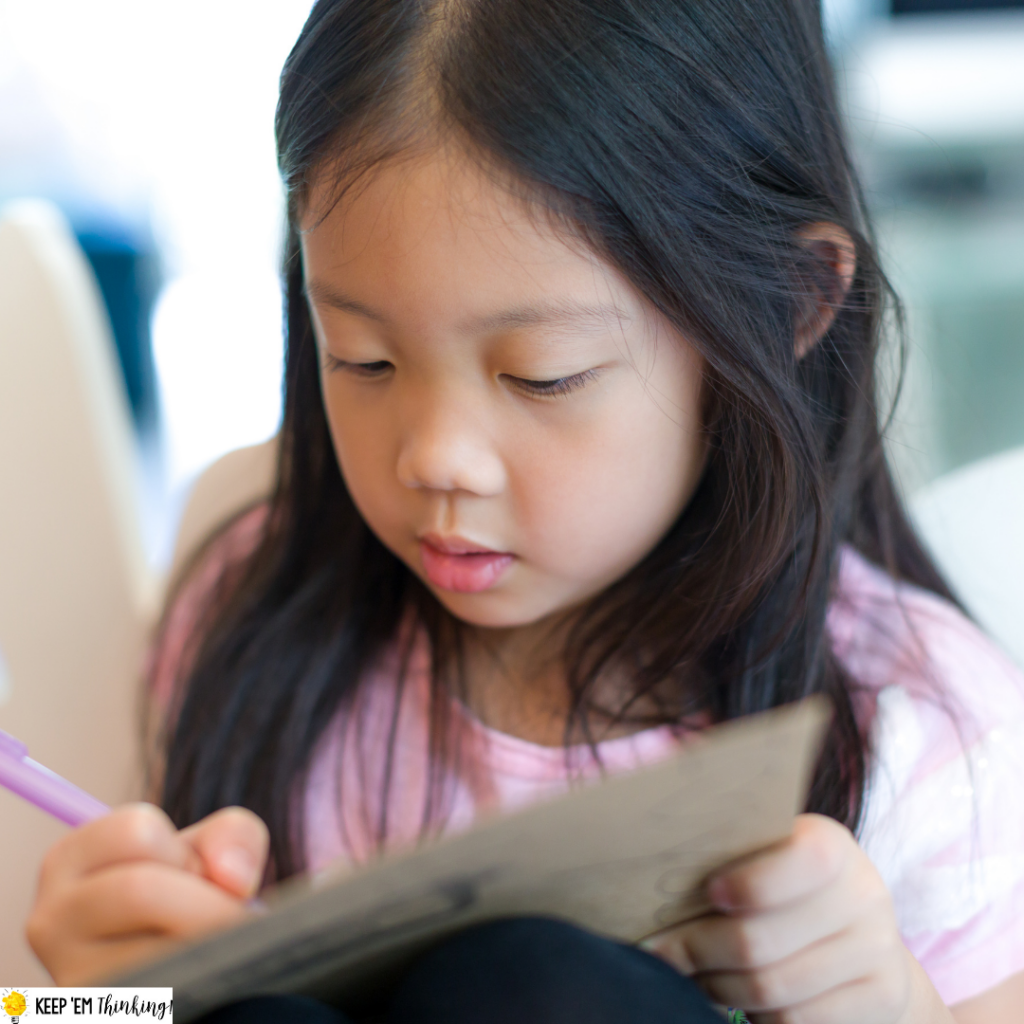
We all know that word choice plays a big part in the quality of our students writing. Exposing students to lots of words and vocabulary is an important part of the process. The word wall is a great place to house all those words. This not only gives exposure, but it puts the words front and center in the classroom so students can use them when writing.
Transfer this learning to literature and ask students to identify colorful sentences as they read.
Focus on Morphology
Students who understand where words come from will have a much larger vocabulary. Teaching students root words, prefixes, and suffixes empowers them. Students who know that –re means again, can apply this to unknown words they will encounter. While common prefixes and suffixes are not words in and of themselves, add them to the word wall anyway! Then let your students create new words by matching a prefix or suffix with another word from the word wall.
Here are a few other morphology activities you can do using the word wall. Use your word walls to pull out root words. Ask students which terms share a prefix or suffix. Choose a word from your word walls and deconstruct it. Students can make new words by changing, adding, or deleting different parts of the words.
Word Notebooks
Let your students make their own, personalized word notebooks. As you put a new word on your word walls, students can add them to their notebooks. Students can write the word’s definition, use it in a sentence, and write its part of speech.
Word notebooks are a great way to start your day! Choose a word from your word wall as the word of the day and write it on the board. As students come in, they will add the word to their word notebook. Part of this process includes writing the word, definition, and part of speech. Then have them illustrate the word and use it in a sentence. Older students can also find synonyms and antonyms as well as deconstruct the words looking for a prefix and/or suffix. These few minutes spent on digging into a word helps it to stick in students’ minds.
Literature Connections
There’s no better way to be introduced to words than through reading. Before reading a text to students, pull out the vocabulary words you feel are most important. Put them on your word wall. Not only will this help to build your students’ vocabulary, but it will also increase their comprehension.
Alternatively, ask students to find new words in books or class read-alouds. One fun option is to give students their own sticky notepad and pen before they read a new story. Tell them to listen to the text and write down the most interesting words they read or hear. Everyone gets a turn to share their favorite words at the end of the week. Take these words and add them directly to your word walls, or practice word categorization by sorting or grouping the words on a whiteboard.
You will find that your students are more interested and engaged with the word wall because they are an active part of its creation. You will also see them take more and more interest in words.
Multiple-Meaning Words
Multiple-meaning words can be challenging for students. The more students read, the more they will encounter multiple-meaning words. Students must rely on their background knowledge, vocabulary, and comprehension skills to decipher the words’ meanings.
Multiple meaning words are a perfect addition to your classroom word wall. When you add them, make a point of discussing the meaning and spelling of the words.
Multiple meaning words can be difficult for students. I’ve found that adding a small picture to the word card is a great way to help students remember each word’s meaning. This way they can use the word wall as a tool and use their newly learned words correctly.
Collaborative Learning
According to Cornell University, “Research shows that educational experiences that are active, social, contextual, engaging, and student-owned lead to deeper learning.” Let students choose partners or small groups to work with. Show students what collaboration looks like. Give them opportunities to share their knowledge and have meaningful discussions about words. Here are a few ideas for student groups:

- Jumble words – One student will write a scrambled word and ask the other student(s) to solve it.
- Word chains – Give students two vocabulary words. Instruct them to write one at the top of the word chain and the other at the bottom. Students will work together to connect the two words.
- Example: rabbit – habitat – forest – timber
- Guessing games – Students can draw or act out words and their partner(s) will guess the words.
- Memory – Groups can create their own memory game with scrap paper. Students will write each word on a card and its meaning on another card. They repeat this with all words, turn the cards over, and make matches.
Editable Word Walls
If you are looking for an easy way to set up a word wall in your classroom then an editable word wall is a must. This allows you to add whatever words you’d like with ease. This Great Thinkers Word Wall kit is perfect for any classroom!
If you’d like to match your word wall to your classroom theme, then make sure to look at these word wall kits too! These are some of my favorites and you can grab them in the Keem em’ Thinking TPT store today!
Save these Word Wall Ideas
Lovin’ these Word Wall ideas? Pin this image on your favorite Teaching Ideas Pinterest board so that you can find them when you need them!
